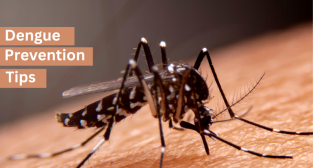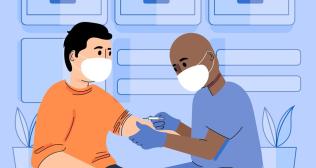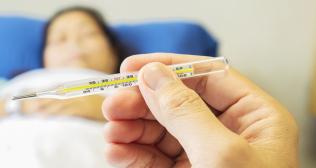
Navigating Steps Against Antibiotic Resistance
The discovery of penicillin, which accidentally grew as a mould on a Petri dish, marked the beginning of a new era for mankind. This first antibiotic made it possible to treat various illnesses in human beings effortlessly. This marked an era in which these tiny tots created miracles in treating various illness for human beings from which further research enhanced the discovery of various classes of antimicrobials. There was a time when the eradication of a common infection was as effortless with use of these antibiotic or antimicrobial drug However, times have changed and microbes have evolved, resulting in antibiotic-resistant germs. Hence, it becomes important to understand why antibiotic resistance occurs and how it can be prevented.
What is antibiotic resistance?
Antibiotic resistance arises when illnesses caused by bacteria or fungi no longer respond to antibiotics or antimicrobials. Instead, the germs continue spreading infection in the body even after a person takes antibiotics. The frequent sicknesses lead to the need for prolonged hospitalisation, additional doctor visits, and expensive and potentially harmful alternative treatments.
Global reports on antibiotic resistance.
- World health organization (WHO) reported a global mortality of 700,00 linked to antibiotic-resistant infections. It has also projected an alarming increase to 20 million by 2050.
- The 2022 Global Antimicrobial Resistance and Use Surveillance System (GLASS) report elucidates alarming resistance rates of bacterial pathogens, especially third-generation cephalosporin-resistant Escherichia coli and methicillin-resistant Staphylococcus aureus. This signifies major obstacles in combating these strains.
What causes antibiotic or antimicrobial resistance?
Antimicrobial resistance naturally occurs as bacteria or fungi evolve and discover ways to avoid the impact of antibiotics used to combat the infections they trigger. Treating infections caused by antibiotic-resistant strains is a significant challenge. Hence, such strains are also called superbugs.
Why does antimicrobial resistance happen?
Antimicrobial resistance does not imply that our body has developed resistance to antibiotics or antifungals. Rather, it occurs when antibiotics are excessively used or misused, risking the effectiveness of these drugs. Centre for disease control and prevention (CDC) estimates that approximately 47 million courses of antibiotics are prescribed for cold and flu, even though they are unnecessary. Apart from overuse or misuse, here are some factors that accelerate antimicrobial resistance.
- Microorganisms such as bacteria, fungi, viruses and parasites undergo mutation to become resistive strains.
- Non-resistant strains can exchange DNA with resistant strains, causing an increase in the population of superbugs.
- Healthcare providers may inappropriately prescribe antibacterial drugs to treat patients with viral infections.
- When broad-spectrum antibiotics are prescribed without diagnosing the exact cause of infection, antimicrobial resistance may be triggered.
- Inadequate hygienic practices in healthcare settings can lead to the continuous transfer of bacteria from one person to another, fostering the emergence of multidrug-resistant organisms.
- Antibiotics and antifungals used as pesticides during farming heighten antimicrobial resistance. Animals, like humans, carry resistant germs in their guts. These microorganisms can contaminate meat during food processing.
To combat this issue, WHO initiated World Antimicrobial Awareness Week between 18-24 November. This focuses on raising awareness about antimicrobial resistance and urging policymakers, healthcare providers and the public to adopt best practices to prevent further spread of drug-resistant infections.
How can one adapt steps to prevent antibiotic or antimicrobial resistance?
With the emergence of novel technology, diverse therapeutic approaches have been employed to formulate optimal drug strategies to combat the growing problem of antibiotic-resistant microorganisms. Effectively addressing this formidable threat necessitates unwavering commitment, where everyone tries to avert the complications associated with antibiotic resistance.
Certain steps can help lower the risk of antimicrobial resistance while preventing the spread of germs. These include:
- Practice proper hand washing.
- Complete the prescribed dose of antibiotics.
- If the symptoms of your infection do not subside with the prescribed medication, seek medical attention.
- Get vaccinated to reduce the spread of infectious diseases, including antibiotic-resistant infections.
- Ensure good eating habits, including consuming properly cooked food and avoiding frozen leftovers for better overall health.
Follow hand hygiene after interacting with animals, including feeding and caregiving.



















